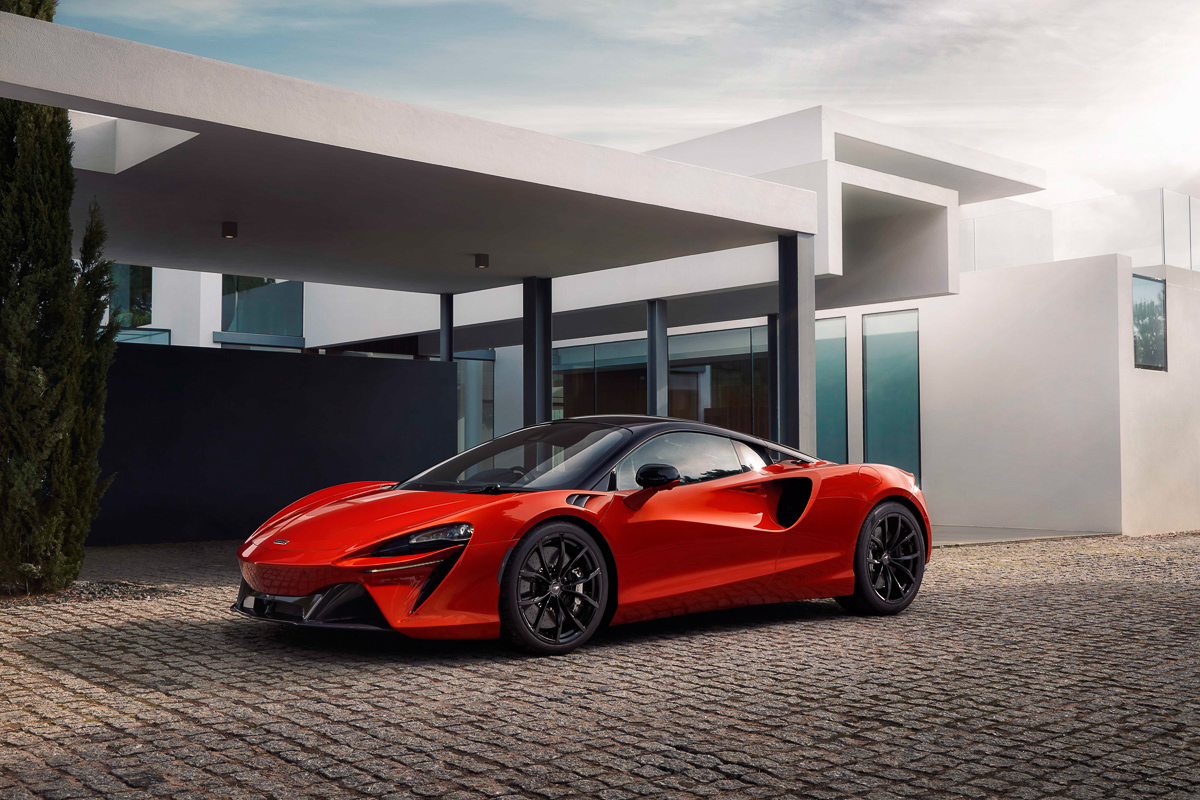
What is it?
It’s a plug-in hybrid – but not like you think.
The Artura represents a new era for McLaren, but also is part of a shift in the supercar market, as even these ultra-high-performance machines are required to be as efficient as possible. The Artura features an all-new powertrain that replaces the twin-turbo V8 that has powered most McLaren’s since the arrival of the MP4-12C with a new turbocharged V6 and electric motor.
Does it have any racing pedigree?
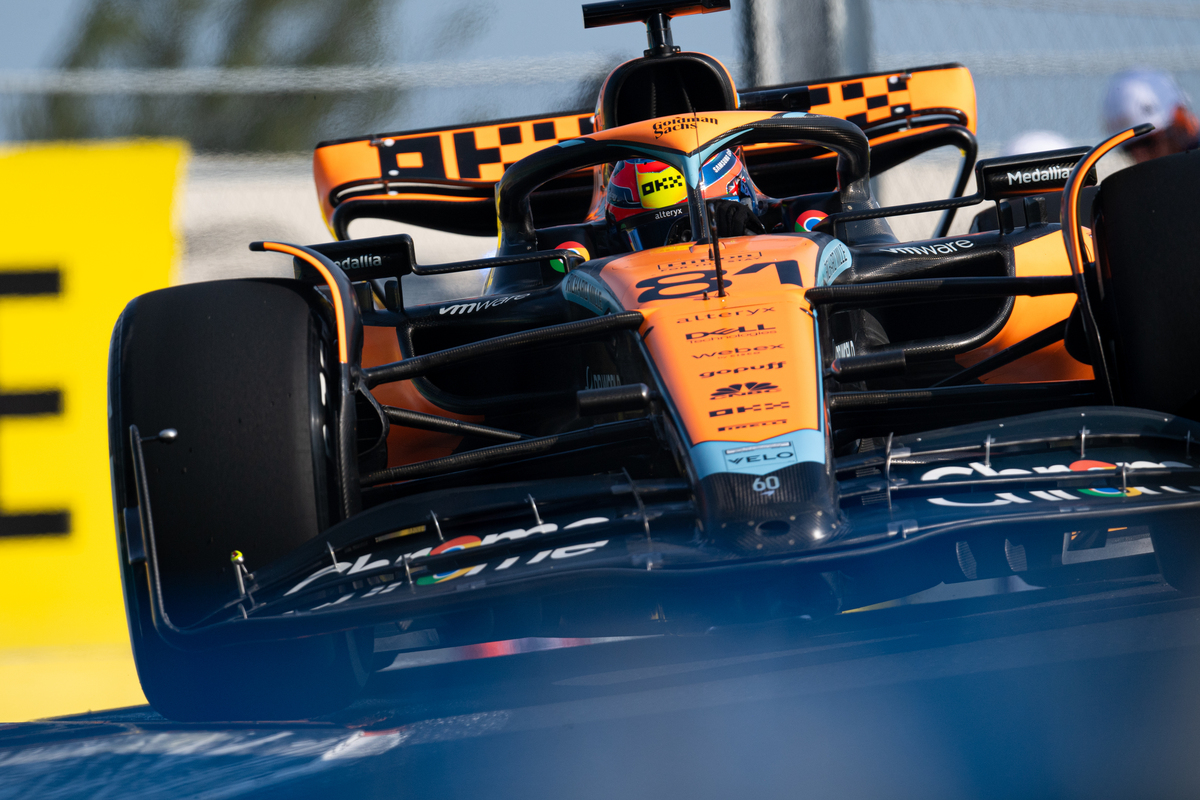
Just a little…
McLaren is of course steeped in racing history, primarily in Formula 1 but also sportscar racing and Indycar competition. The brand is trying to replicate the success of arch-rivals, Ferrari, by using its on-track success to sell road-going supercars – which will, in-turn, help fund the racing. While the team may be struggling in F1 at present, you can’t question the company’s legacy and heritage in the sport.
What’s under the bonnet?
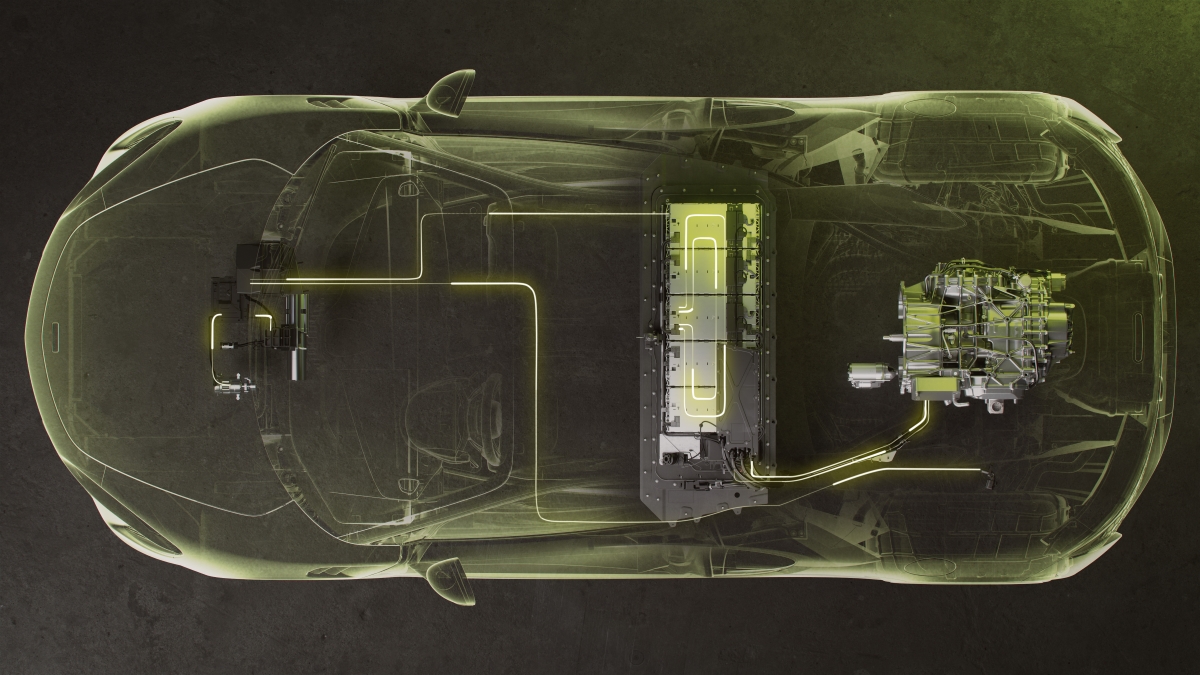
As mentioned earlier, it’s an all-new 3.0-litre twin-turbo V6 petrol engine and electric motor that powers the Artura. McLaren claims it makes 430kW of power and 585Nm of torque from the petrol engine. That performance is boosted by a 70kW/225Nm ‘E-motor’ that bumps the total system output for the Artura to 500kW/720Nm – proper supercar numbers.
All that performance is sent to the rear-wheels via a new eight-speed dual-clutch automatic transmission and new electronic differential.
McLaren claims that the Artura can run the 0-100km/h sprint in just 3.0 seconds, will do 0-200km/h in 8.3 seconds and can hit 300km/h in just 21.5 seconds. And it feels exactly that fast on the road, with a serious shove whenever you put your foot down.
But performance really is only part of the story with the Artura, because the E-motor is able to make this supercar as environmentally-friendly as a Tesla (at least for short periods). That’s because it’s connected to a 7.5kWh battery pack that allows up to 31km of driving on electric-power alone.
It’s a strange experience to hit the big red ‘Start’ button on a supercar and have… nothing happen. The electric motor can do all the low-speed driving, so taking off in the morning is a very neighbour-friendly affair.
The electric motor actually runs by default initially, allowing the engine to be ‘pre-conditioned’ before it fires into life. And you know when the engine fires up, the V6 bark is an unmistakable noise but sounds more efficient rather than evocative.
While 31km of range isn’t a lot and will be depleted quicker if you unleash the full performance potential, there’s regenerative braking to slowly recover energy and the engine can be used to charge the battery on the run.
At its best McLaren claims the Artura can use just 4.6-litres per 100km of fuel – despite all that performance – which makes it as efficient as a Toyota Corolla hybrid.
How does it handle?
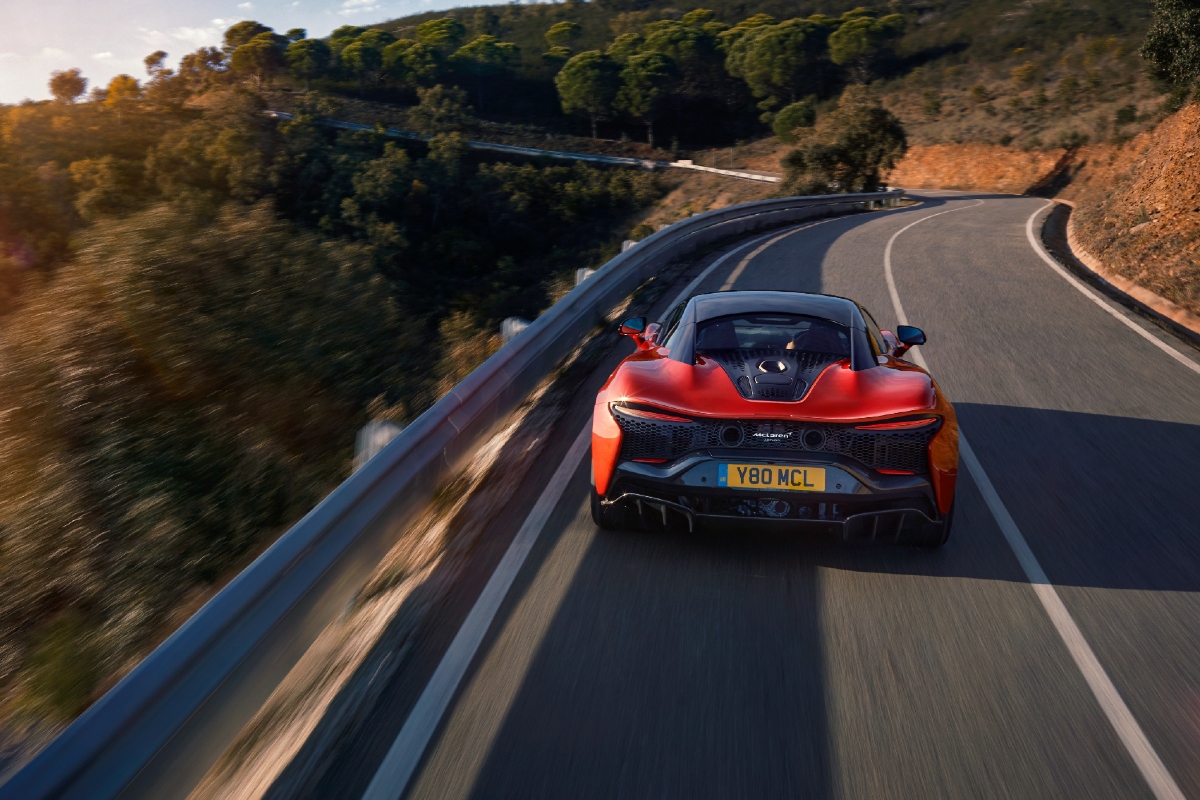
The thing that hits you immediately about the Artura when you climb aboard is its size. At 4539mm long and 1913mm wide it’s smaller than the likes of the Ferrari F8 Tributo, but not by much. And yet it feels compact and agile, especially for a car with such a complex powertrain.
The immediate thought when you see a hybrid supercar is that it will be heavy and a bit dulled by its weight. But that’s not the case for the Artura, even if it does tip the scales at 1498kg.
It’s an incredibly responsive and direct car to drive and that makes it very comfortable on the limit. Even with track-used tyres the grip is phenomenal, hanging on tightly when cornering when intent.
Driving around the city and suburbs the Artura is surprisingly friendly and docile, especially for a supercar. It helps that the electric motor can do much of the work, meaning it runs quietly and smoothly without the usual low-speed grumpiness some supercars suffer with.
Where would you most like to drive it?
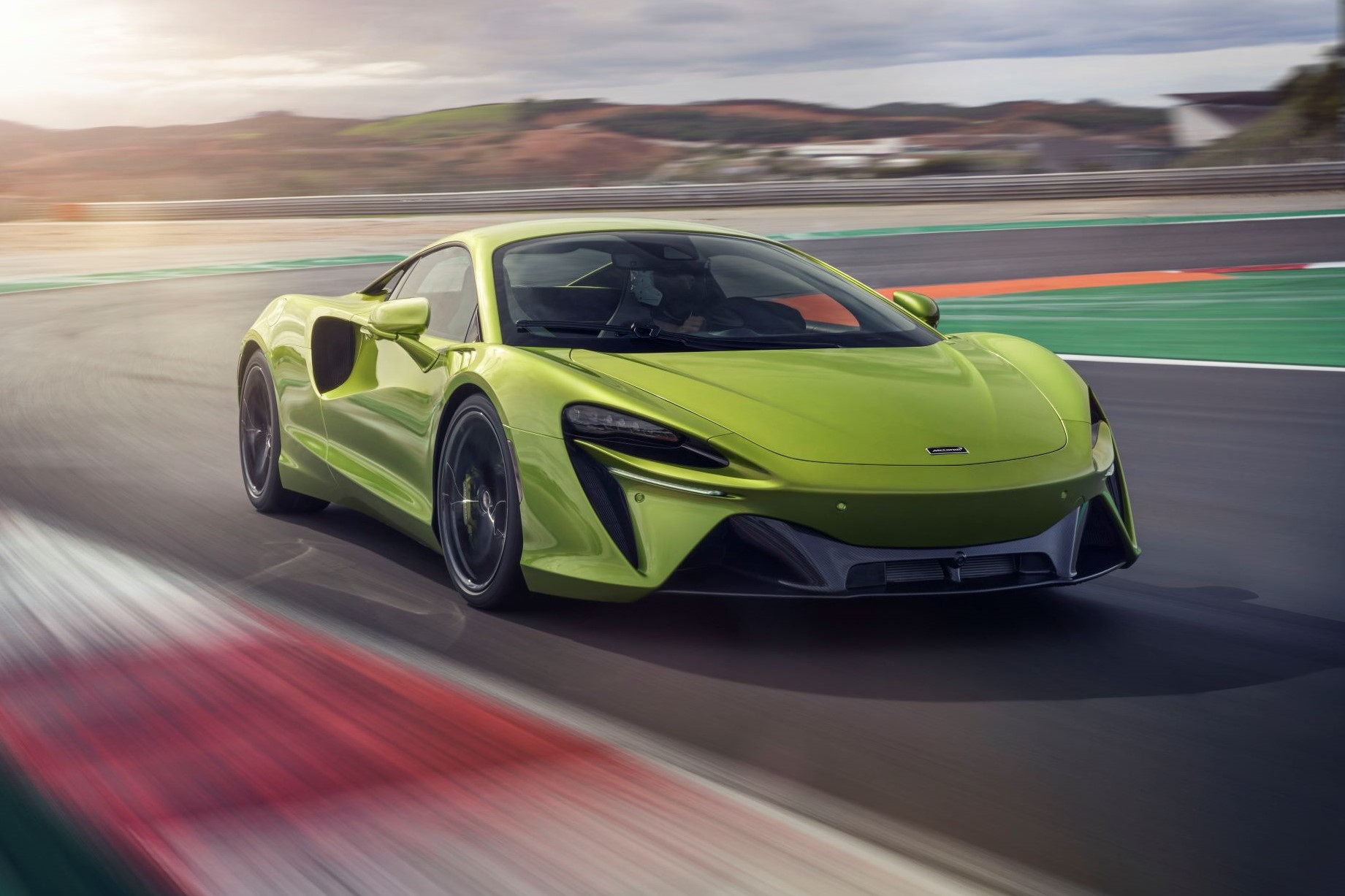
While the Artura was a pleasure to drive on the road, we’d love to sample it on a racetrack. It feels like it would be at home on just about any circuit, but given its nimbleness I’d like to put it through its paces on a tight, technical circuit like Estoril or Imola.
What’s the interior like?
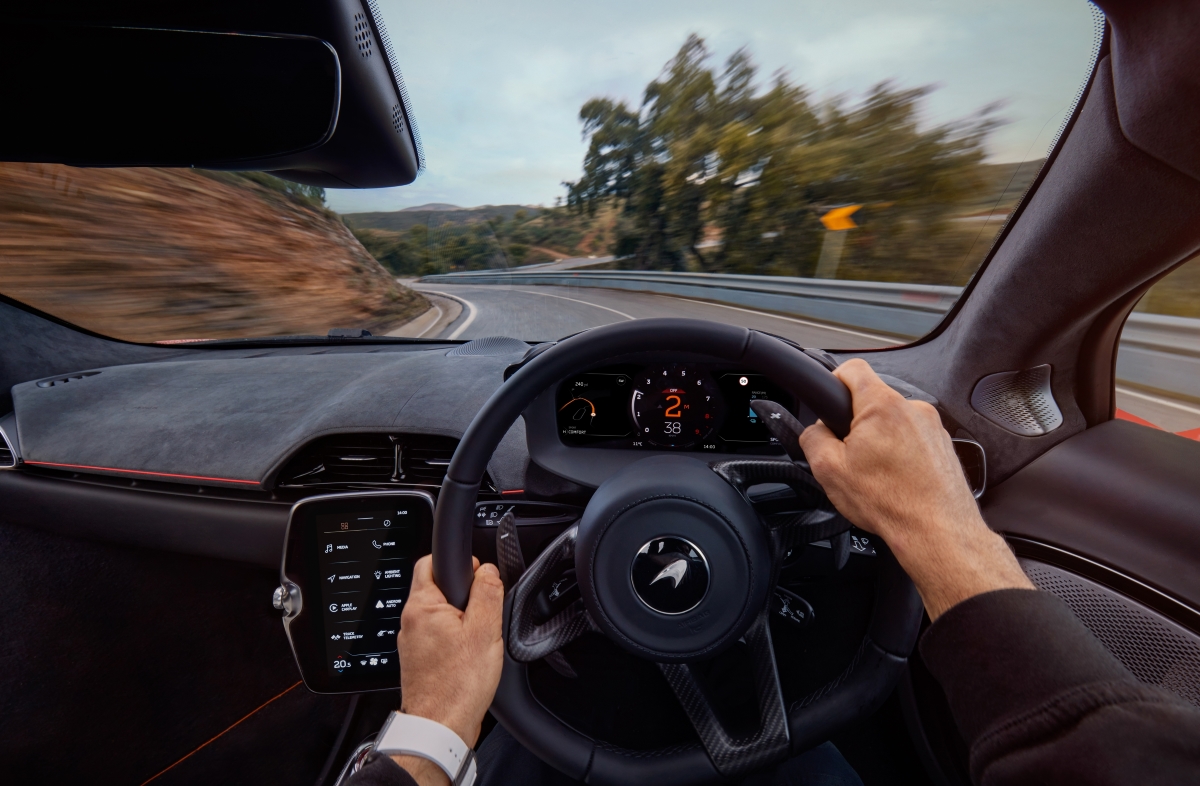
It’s very McLaren, projecting efficiency and simplicity in its design rather than any dramatic flair. And that’s not a knock, it’s a very well executed cabin that has a unique look and feel to it. It may not have the ‘wow factor’ of a Lamborghini or the slickness of a Porsche, but the Artura is unmistakably a McLaren and over time that will become a signature of the brand.
The design and layout of the cabin is actually very good for a supercar, with a handy shelf behind the seats that allows you to store loose odds and ends.
There is a rather large catch though, that’s the infotainment system. Specifically the Bluetooth phone connection, which is – to be blunt – terrible. Whenever I tried to take a call in the car the person on the other end told me they could only hear a garbled mess, so there’s still some work for McLaren to do on those areas.
How much does the McLaren Artura cost?
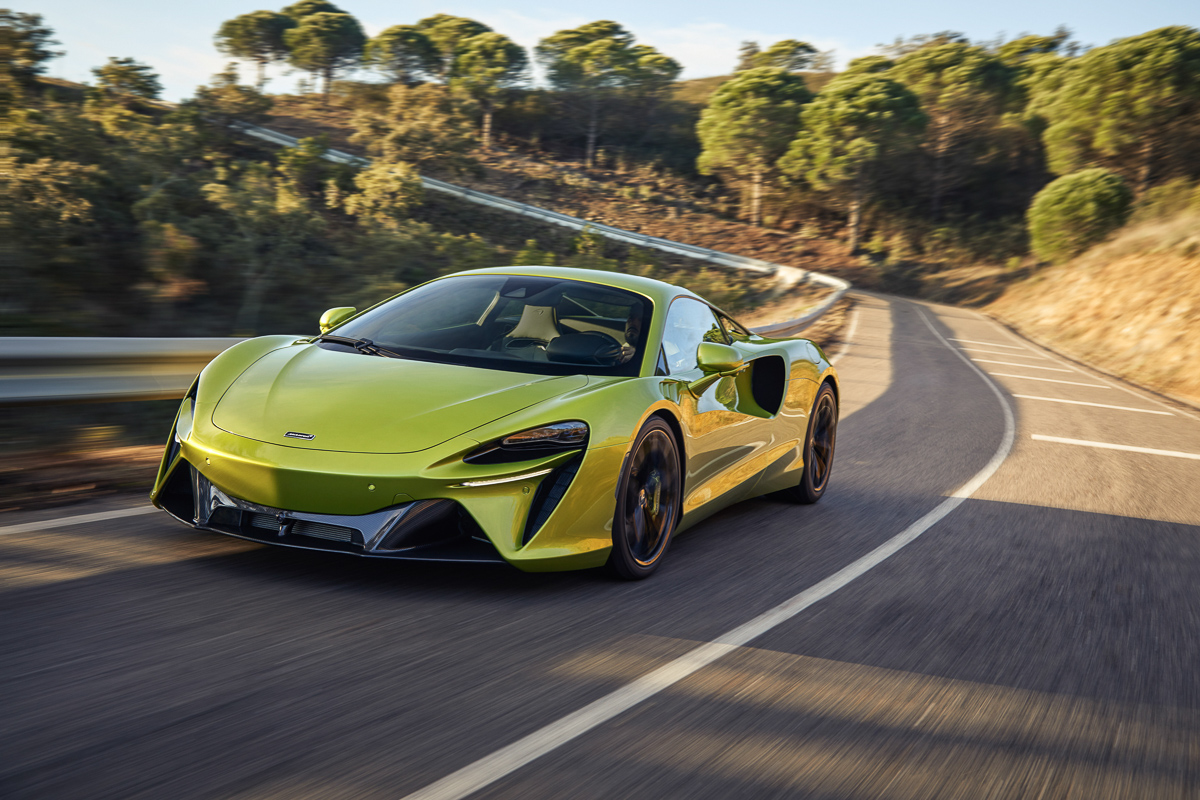
Isn’t really the ‘entry-level’ model in the range, as it starts at $449,500 (plus on-road costs), which is nearly $100k more than 540C and only about $40k less than the 720S.
Still, it is on par with what you’ll pay for a Lamborghini Huracan Evo and about $150k less than the Ferrari 296 GTB – its closest rival in terms of concept.
Would I buy one?
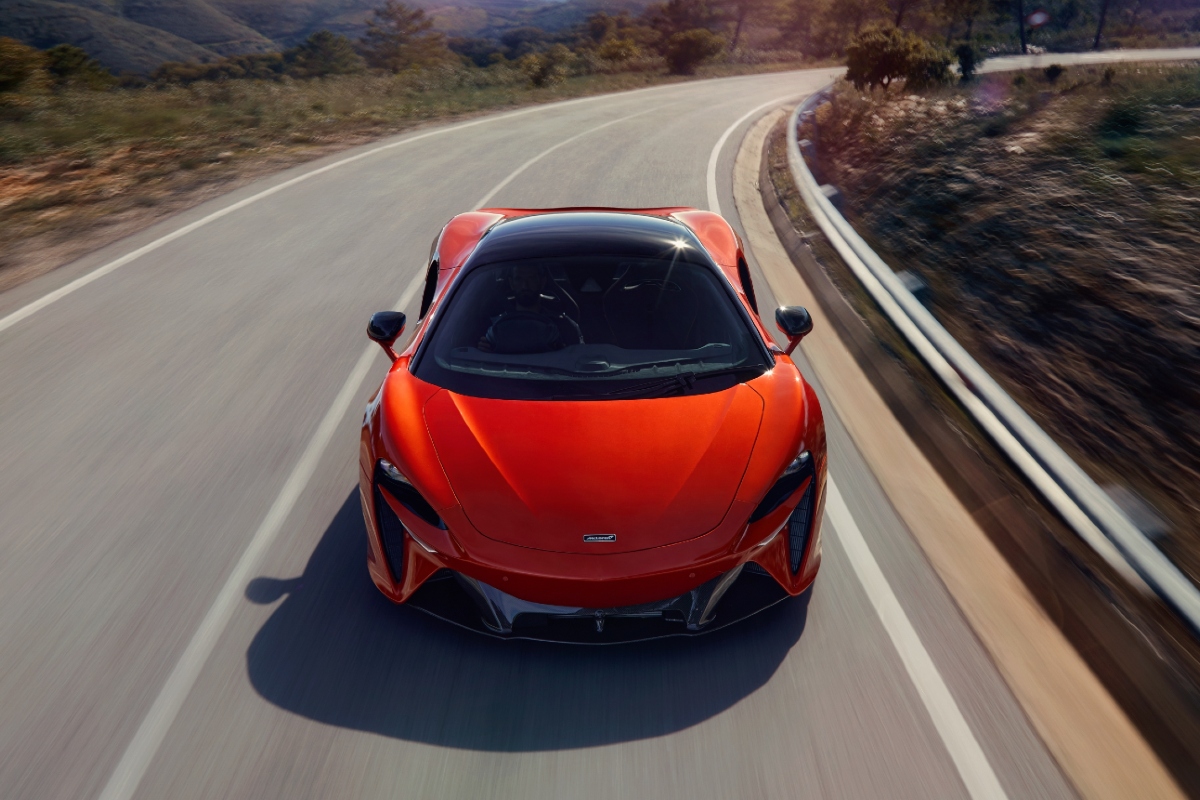
McLaren may be a relative newcomer to the supercar market, at least compared to the likes of Ferrari, Porsche and Lamborghini, but they have proven to be fast learners. The previous models we’ve driven, such as 650S, 675LT and 720S have all been impressive supercars and the Artura continues that legacy.
What makes them really appealing though, is that they don’t feel like a copy of anything else and are all uniquely McLarens.


















Discussion about this post